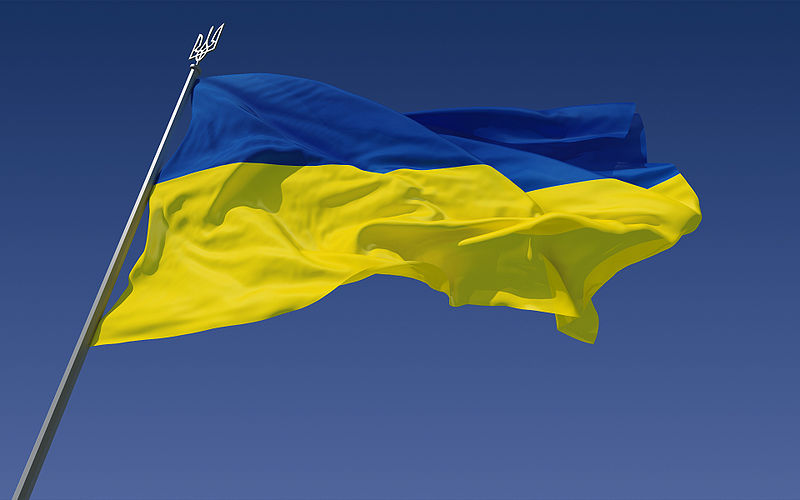
Impact of Russian Protectionism on the Ukrainian Economy
BY
Veronika Movchan, Mykola Ryzhenkov AND The Institute for Economic Research and Policy Consulting - Kyiv / December 1, 2015
It is settled that provisional application of Deep and Comprehensive Free Trade Area (DCFTA) between Ukraine and the EU will start since January 1, 2016. In a response, Russia is expected to increase trade barriers vis-à-vis Ukrainian goods.










